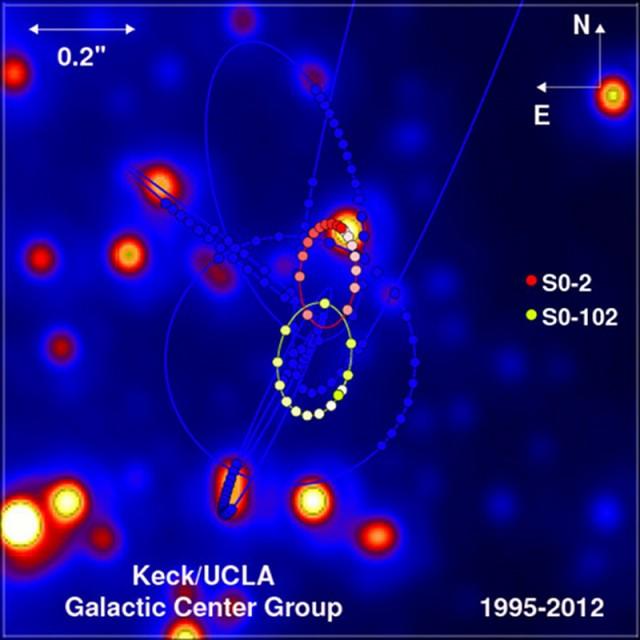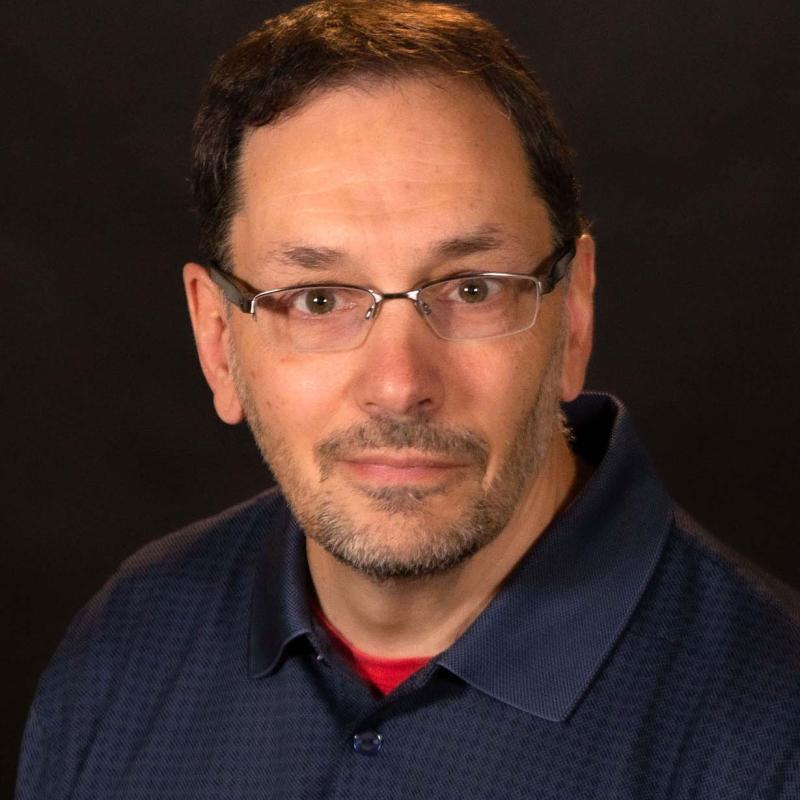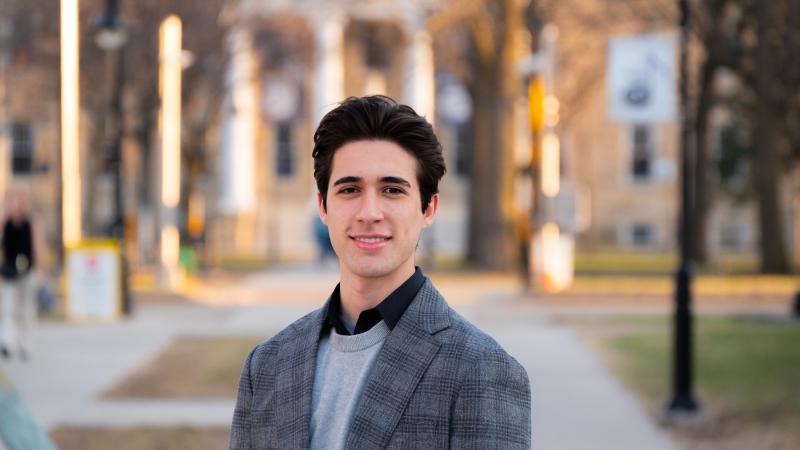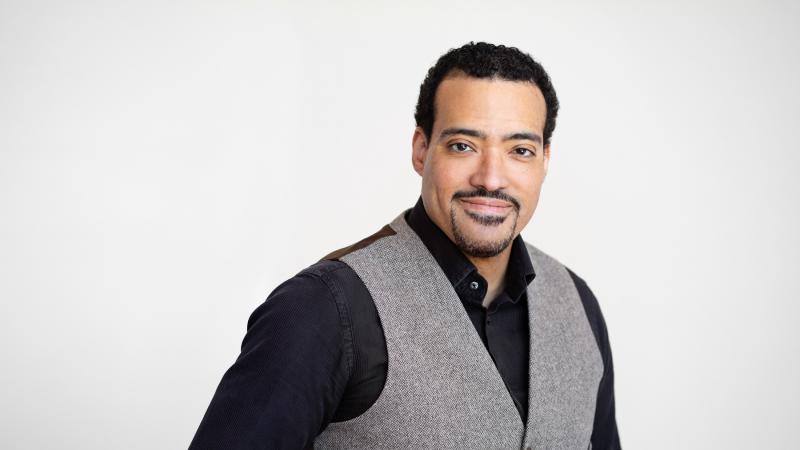Lawrence University’s Physics Department is again celebrating close connections with the winner of the Nobel Prize in Physics.
Amelia Mangian ’18, then a fourth-year physics student at Lawrence, spent an internship in the summer of 2017 working with a team of scientists at UCLA led by astronomer Andrea Ghez, who earlier this month won the Nobel for her years-long study of supermassive black holes in the universe.
“She is the model of the perfect scientist,” Mangian said of Ghez. “She persevered, she worked hard, and she proved a lot of people wrong on the way to becoming a world-class researcher and educator. I think the other thing that is remarkable about Andrea is how easily she can communicate her work to people of all ages and how much she cares about spreading her love of science.”
Ghez is one of three recipients of the 2020 Nobel Prize in Physics, joining Roger Penrose, a mathematician at Oxford University in England, and Reinhard Genzel, a professor at the University of California Berkeley and director at the Max Planck Institute for Extraterrestrial Physics in Germany. All were honored for their work advancing the study of black holes.
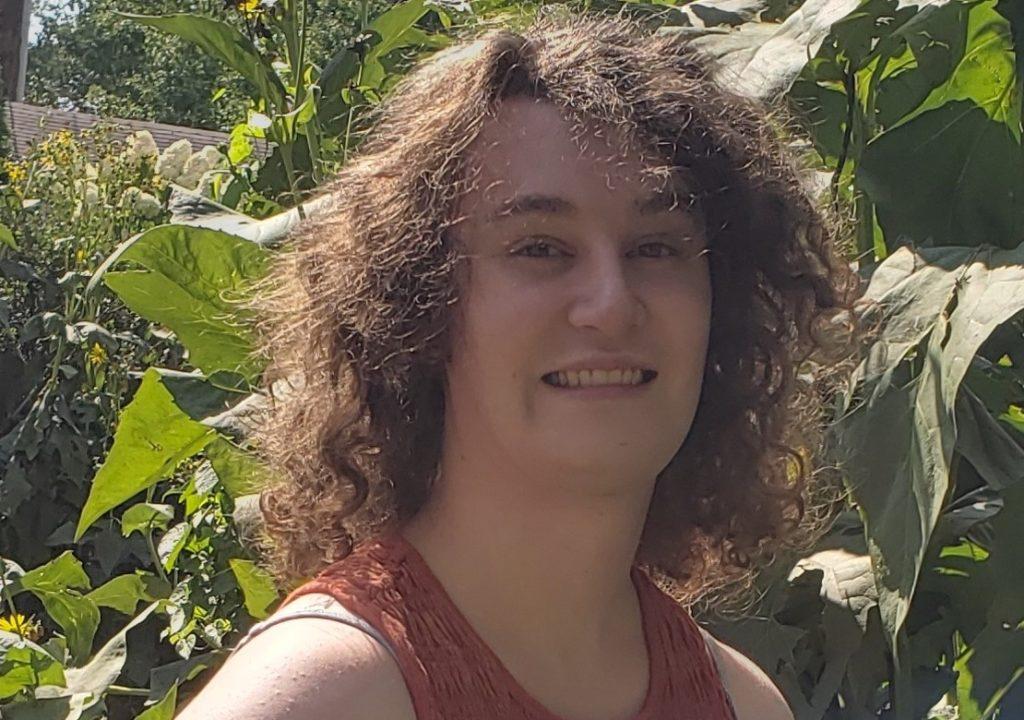
Amelia Mangian ’18
“Working with this team—Andrea, her collaborators, particularly Mark Morris and Tuan Do, as well as her research team, post-docs, and graduate students—has helped my career tremendously,” said Mangian, now pursuing a doctorate in astronomy at the University of Illinois Urbana-Champaign. “It helped me find a passion for black holes, for astronomy, and for being a role model to other young astronomers who want to be researchers, too.”
A year ago, the Nobel went to two astronomers whose breakthroughs in the 1990s led to the discovery of thousands of exoplanets in the Milky Way galaxy, a research subject that Megan Pickett, associate professor of physics and chair of the Physics Department at Lawrence, has focused on for much of her career.
The 2019 Nobel announcement felt like a win for Pickett and her students. The 2020 announcement is much the same. Having a former student so closely connected to the research team is an opportunity to shine a light on undergraduate internships and research opportunities that are plentiful for Lawrence students in the sciences.
Not lost on Mangian or Pickett is that Ghez is only the fourth woman to win the Nobel in Physics, joining Marie Curie (1903), Maria Goeppert Mayer (1963), and Donna Strickland (2018). The Nobel adds to Ghez’s growing profile as she blazes trails as a role model for women scientists.
“One of my particular interests, long before coming to Lawrence, has been the history of women in physics and astronomy—our stories, representation, and how we can tear down barriers to success and recognition,” Pickett said. “There are a number of ways we get at this problem, but primarily it comes down to creating a sense of belonging with the department, and the discipline.”
Lawrence is part of a Howard Hughes Medical Institute initiative that challenges U.S. colleges and universities to substantially and sustainably increase their capacity for inclusion of all students, especially those who belong to groups underrepresented in science. It was one of 33 schools selected in 2018 to receive a $1 million grant from HHMI through its Science Education Program to implement its Inclusive Excellence initiative. Another 24 schools were selected the year prior, part of HHMI’s push to reimagine science education to better engage students from all backgrounds.
“Our primary focus is inclusive excellence — how can we increase our successful engagement and the success of students who are under-represented in the sciences, whether first-generation college students, for example, or under-represented minorities?” Pickett said.
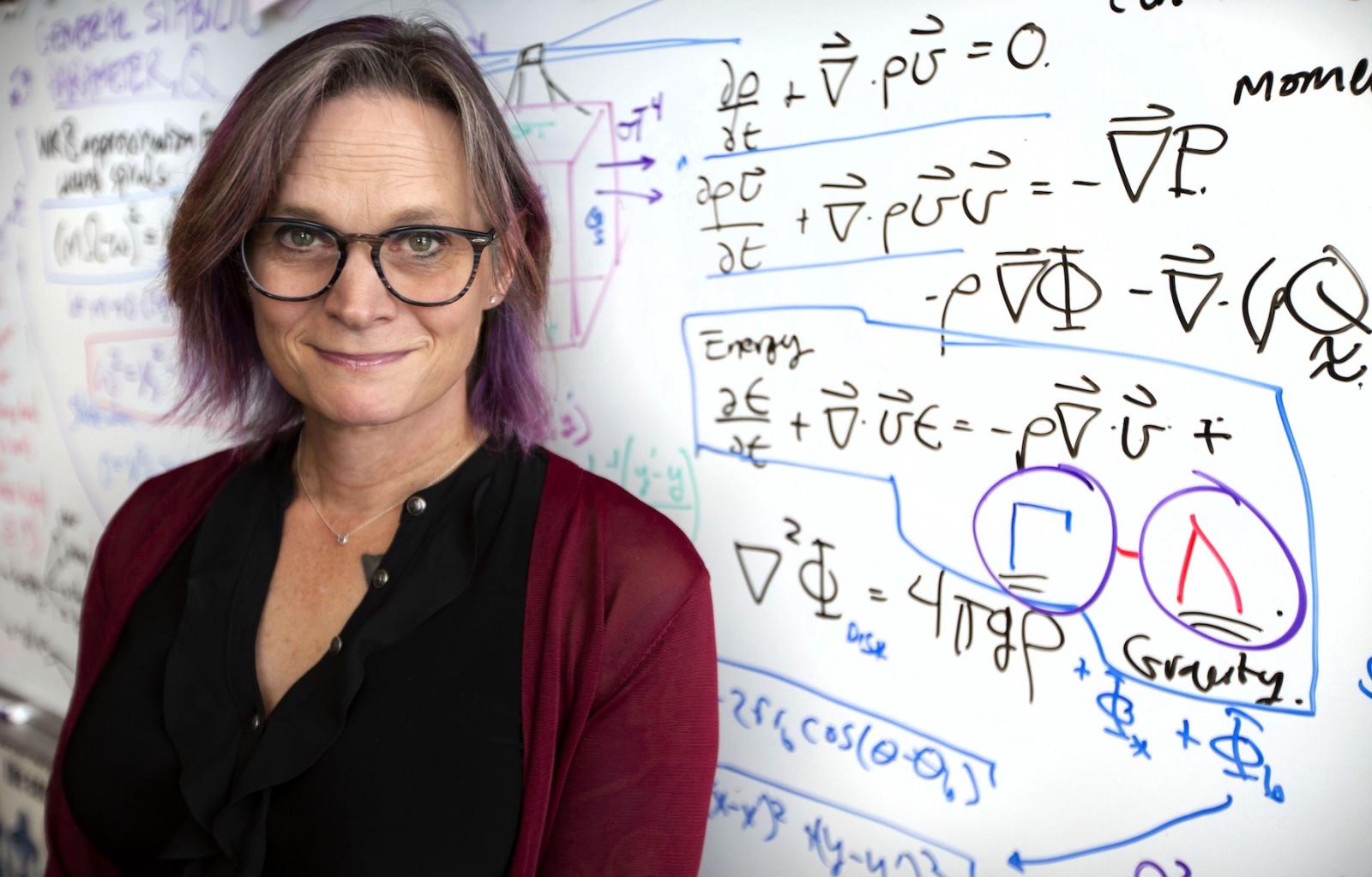
Megan Pickett
Seeing scientists such as Ghez be awarded a Nobel—also of note, two women won the Nobel in chemistry the following day—helps ring that bell, and having a Lawrentian so closely tied to the work adds fuel to the fire. But it also is a reminder that while great strides have been made, the work is far from finished when it comes to equity and opportunity.
“Having those role models, and being able to send our students off campus, potentially to work in a Nobel lab, is huge,” Pickett said. “Closer to home, though, we are today more diverse and more dedicated to that diversity as a department than we have ever been. In particular, the addition of professors (Tianlong) Zu and (Margaret) Koker help make our department begin to look more like our student body—and the importance of that cannot be overstated.”
Mangian, meanwhile, counts Pickett as a mentor who helped her believe in herself as a scientist. That relationship, she said, drives her to pay it forward as a mentor as she carves out her own career.
“She has guided me through rough times and helped me be the best version of myself during the good times,” she said of Pickett. “She’s the reason that I’m where I’m at today, academically and personally.”
At Illinois, Mangian is studying actively feeding supermassive black holes and their host galaxies, using data from the Sloan Digital Sky Survey (SDSS) to infer properties of the black holes such as its luminosity and mass. She’s also building on mentoring lessons she took from Pickett and others at Lawrence.
“I’ve been very active in diversity, equity, and inclusion efforts through the organization I run called the Society for Equity in Astronomy,” Mangian said. “We are a group focused on improving the astronomy department at Illinois and those across the country. We run a mentorship program with about 40 individuals involved and have monthly discussions about culturally significant topics such as the Strike for Black Lives, #BlackInTheIvory, and the ongoing situation with the Thirty Meter Telescope being constructed on indigenous lands on Mauna Kea in Hawaii. I am also starting up a tutoring program aimed at helping students with disproportionate educational backgrounds coming into the astronomy program at Illinois.”
Mangian’s work in 2017 with Ghez’s group came after being selected for a National Science Foundation-funded Research Experience for Undergraduates program, a highly competitive process. Lawrence students in recent years have gone through that program to land research posts at the University of Indiana, University of Wisconsin, Harvard, University of Rochester, and the University of Twente in the Netherlands, among others.
“These experiences are valuable regardless of whether you end up going to graduate school or not,” Mangian said. “Having the opportunity to work in a research environment early on in your life allows you to explore areas that interest you the most, helps you build skills to prepare you for a wide variety of jobs—collaboration, computer skills, communication—and helps build your professional network. This, along with my time working with Megan, convinced me that I wanted to be an astronomer, and an educator, too.”
It also gave her the chance to get to know and learn from a future Nobel Prize winner, something she reflected on when she heard the Ghez announcement from the Nobel Committee for Physics, relayed to her by her mother.
“My excitement grew throughout the day as I came to terms with the fact that I not only worked for a Nobel laureate, but I’d been to her house, too, for wine and cheese. I couldn’t think of a more deserving person to win the award.”
